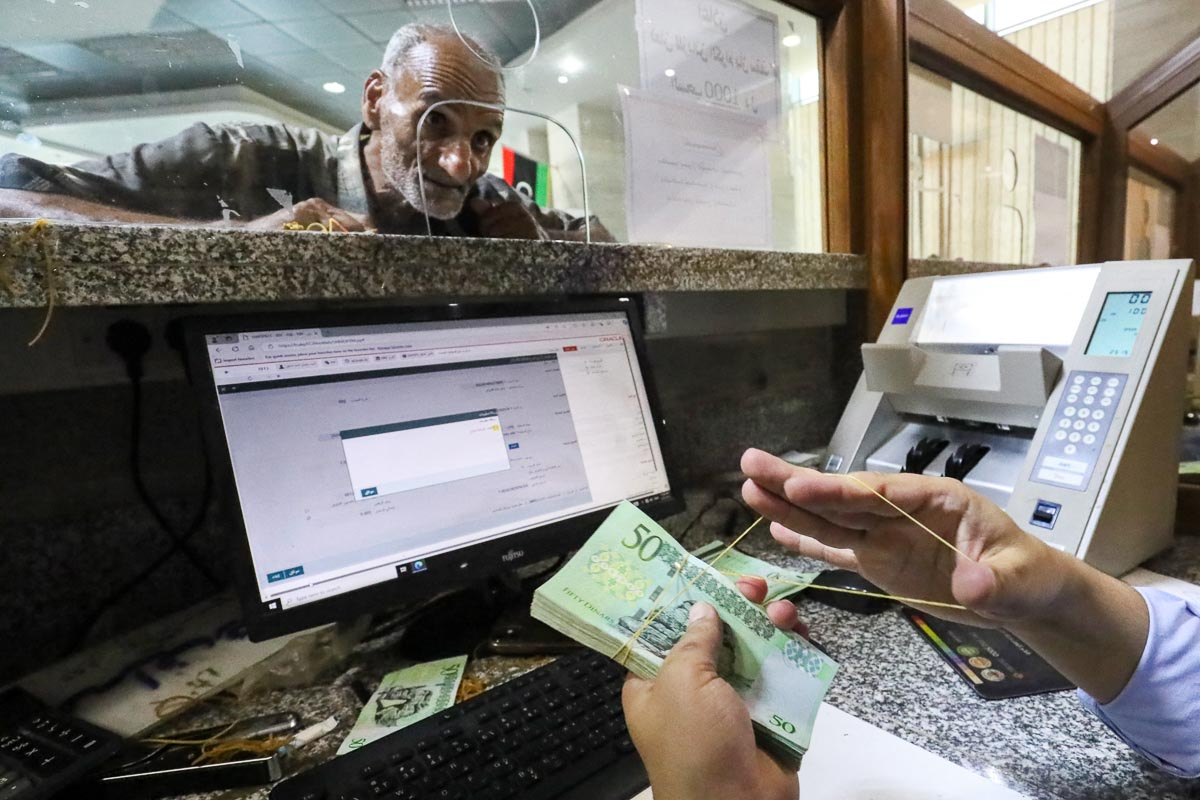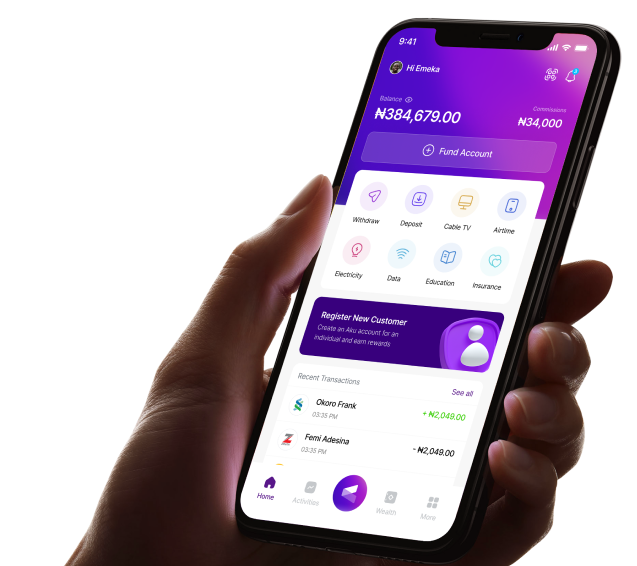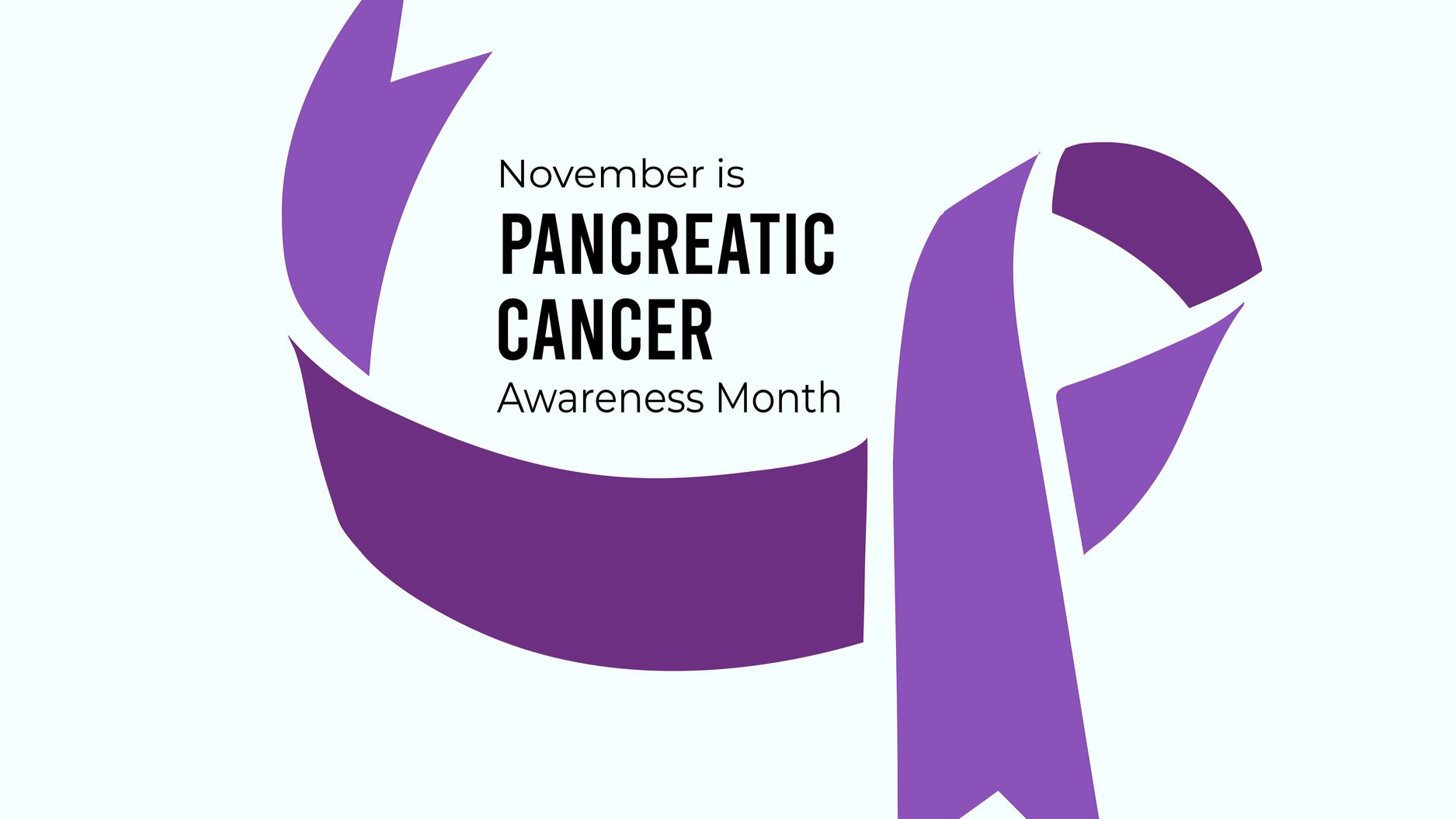Old vs New Fintech: Which One Keeps Your Money Safer?

Money has become more digital than ever, From paying a bike man to buying airtime to receiving salary. We now depend on apps more than physical cash But as fintech keeps evolving, one question refuses to die, which apps actually keep your money safer, the older, familiar platforms or the new, flashy ones promising smarter security and faster transactions?Both old and new fintechs have shaped the way people save, transfer and protect their money. Yet each comes with unique strengths and weaknesses.
The Trust Factor: Why Old Fintech Still Feels Like Home
There’s something comforting about old fintech apps. They’ve been around for years and for many households, they were the first introduction to digital banking because of this long history, many users feel a natural trust. Familiarity reduces fear and people often believe, “If this app has been working since forever, it must be safe.”
Older fintech apps usually grew alongside the banking sector. Many were created by banks, partnered with them or heavily regulated from the start. This gives them a structural advantage, more oversight, tested systems and layers of protection built over time. They’ve handled millions of transactions, survived economic changes, and in many cases, successfully blocked major cyber threats.Their security systems may look rigid but that rigidity is part of the protection. Multi-step authentication, OTP delays, or strict limits? Yes, they can be annoying But for old fintech apps, these steps act like extra locks on a gate. They prioritize structure over speed and sometimes structure is what prevents chaos.
However, their biggest weakness is adaptability. Older fintech platforms often struggle to update quickly or upgrade interfaces. Some still use outdated designs or slow features that frustrate younger users and while they are secure, they may not always be flexible enough to fight new forms of fraud the moment they appear.Still, the reliability of old fintech apps remains one of their strongest shields. When people say, “I trust this app,” it usually comes from years of consistent service not hype.

The Fresh Wave: Why New Fintech Feels Smart and Fearless
New fintech apps enter the market with boldness. They arrive with promises of speed, innovation, smarter protection and smoother experiences. They understand younger users,the impatience, the love for sleek design, the need for instant results and they build around these demands.Many new apps come with upgraded security systems like biometric login, AI fraud detection, instant notifications, two-tier authorization and real-time monitoring of suspicious activity. This means while older platforms rely heavily on traditional security layers, newer fintechs build security into the user experience itself.
New fintech platforms also offer features that help people stay alert, live spending insights, automatic savings, transaction limits, freeze buttons, virtual cards and smart alerts. These tools give users more control over their money and help prevent mistakes or unauthorized use.
Their biggest weakness is track record. New fintechs have not lived through long-term stress tests. They are still gaining trust. Some are still expanding infrastructure. Others face scalability issues when too many users join too quickly. These gaps don’t make them unsafe but they can create uncertainty.With new fintech apps, the safety question is not just technical, it’s emotional. People may love their features but deep down, they still wonder, “Will this app last?”

Security vs Innovation: The Real Battle Between Old and New Fintech
When people compare old and new fintech, the first question that pops up is usually, “Which one is actually safer?” But safety in the world of digital money isn’t as straightforward as choosing one side over the other. It depends on what you personally consider “safe.” For some people, safety means long-standing credibility. For others, it means instant alerts and modern features that help them stay in control.
Old fintech apps have been around long enough to earn reputation. They’ve survived the early days of digital banking, grown through regulations and built trust with millions of users. Their systems may feel slow or rigid, but they come with a deep sense of stability. People trust them because they’ve seen them handle crises, maintain structure and remain consistent over the years.
On the other hand, new fintech apps come with a bold promise of innovation. They’re built for speed, convenience, and modern living. These apps send real-time notifications, use powerful fraud detection systems and allow users to control their money with ease. Their interfaces feel intuitive and fresh, making financial management almost enjoyable. While they may not have decades of history, they compensate with advanced technology and high adaptability.
So, which one is safer? Both but for different reasons. Old fintech apps protect through tradition and long-term reliability. New fintech apps protect through technology and immediate control. This is why many people today don’t choose just one. Instead, they mix both. They use old fintech apps for savings and long-term deposits, and rely on newer apps for quick transfers, daily spending, and instant money movement. It’s a balance that allows them to enjoy the stability of the old and the flexibility of the new.
User Behavior: The Hidden Factor That Determines Everything
The safest fintech app in the world cannot protect someone who has unsafe habits. Security doesn’t start with the platform; it starts with the user.A surprising number of fraud cases don’t happen because a system was hacked. They happen because someone used a weak password, repeated the same PIN everywhere, shared their OTP during panic, ignored a warning message, clicked a suspicious link, or simply left their phone unlocked. People underestimate how one careless moment can override the strongest security system.
Security is not determined by the app alone, it’s shaped by your vigilance, your awareness, and your discipline.Digital money requires digital instincts.
If you remain careless, no app can save you. If you stay alert, both old and new fintech platforms can protect you effectively. The user has always been the final security layer, whether they realize it or not.
Finding the Balance: What Real Safety Looks Like Today
Real financial safety isn’t found in choosing between the oldest app or the newest one. It’s found in understanding how they complement each other and how you fit into the system. Old fintech apps offer structure and long-term stability. New fintech apps offer speed, visibility, and control and you, the user bring awareness, discipline and the decision-making power that ties everything together.
That’s why the safest approach today isn’t to pick a side. It’s to understand your personality and choose what aligns with your style of managing money. If you like stability and structure, old fintech will always feel safer. If you prefer instant access to your money and modern tools, new fintech apps will feel more secure and if you want the best of both worlds, using both is the smartest middle ground.
Financial threats evolve every day and so do fintech systems. But in the middle of all that change, one truth remains: Fintech can protect your money but your awareness is what truly keeps it safe.That is the new definition of security in a digital world where old and new must work together, and where the user remains the strongest shield.
You may also like...
How Religion Keeps Communities Connected Abroad

Explore how faith unites diaspora families across continents. From African churches in London to mosques in New York, di...
Mama G: The Nollywood Icon Who Never Fades

Patience Ozokwor, fondly called Mama G, is one of the most iconic names in Nollywood. When you hear that name, one thing...
The Secret Double Life of Employees

Have you ever looked at a coworker and wondered what they do after office hours? That quiet, focused colleague who seems...
Bus Sleepers Association:The Reality of 9-5 workers

Most 9-to-5 workers operate with a strange but very real sleep formula, four or five hours at home and the remaining thr...
Pancreatic Cancer Awareness Month: Catching the Quiet Signs Before It's Too Late

November is the month set aside to relate awareness for Pancreatic Cancer. This cancer is a silent killer because it is ...
Your Salary, Your Rules: Budget hacks That Actually Work

Money comes and goes, often faster than you can blink. One moment you’re excited to see your salary hit your account, an...
The Rise of Non‑Boring Workspaces

Offices are shifting from functional spaces to creative ecosystems shaped by identity, wellbeing and flexibility. Yet th...
Old vs New Fintech: Which One Keeps Your Money Safer?

Money has become more digital than ever, From paying a bike man to buying airtime to receiving salary. We now depend on ...

